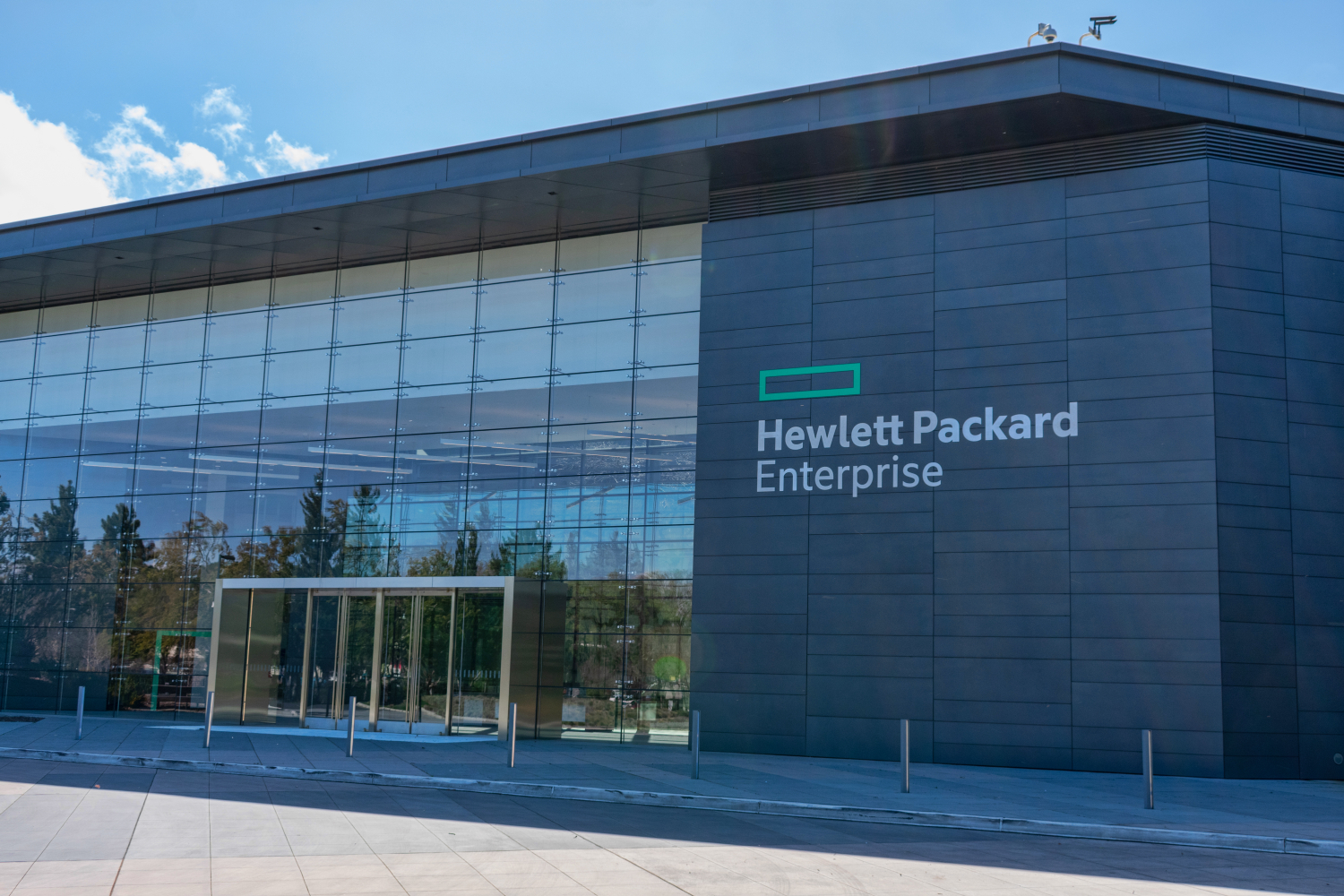HPE to Acquire Supercomputer Maker Cray, Take on IBM
Hewlett Packard Enterprise (HPE) will acquire the supercomputer maker Cray for $35 per share in cash, or about $1.3 billion in total, it announced today. The acquisition, HPE’s biggest since 2015, is meant to make HPE a stronger competitor against IBM in high performance computing.
HPE Goes Into Supercomputers
Hewlett Packard split into two pieces in 2017, one piece serving consumers and the other the enterprise market. The main focus of HPE so far has been selling servers to data center customers, but with the acquisition of Cray, HPE is setting its eyes on the higher-end supercomputing market, too. In its announcement, the vendor said it expects to sell supercomputers to governments, academia, and corporate clients.
HPE chief executive Antonio Neri in a statement said:
“Answers to some of society’s most pressing challenges are buried in massive amounts of data. Only by processing and analyzing this data will we be able to unlock the answers to critical challenges across medicine, climate change, space and more.”
The combined companies expect to deliver the following benefits to their customers:
- Future High Performance Computing-as-a-Service and artificial intelligence / machine learning analytics through HPE GreenLake
- A comprehensive end-to-end portfolio of high-performance computing (HPC) infrastructure – compute, high-performance storage, system interconnects, software and services supplementing existing HPE capabilities to address the full spectrum of customers’ data-intensive needs
- Differentiated next-generation technology addressing data intensive workloads
- Increased innovation and technological leadership from leveraging greater scale, combined talent and expanded technology capabilities
- Enhanced supply chain capabilities leveraging US-based manufacturing
Potential Boost to AMD’s Sales
Cray recently won a large $600 million contract with the U.S. Department of Energy to build Frontier, the world’s most powerful exascale computer, in 2021. The Frontier supercomputer will use AMD’s next-generation Zen-based CPUs and Radeon Instinct GPUs.
Over the years, HP has maintained a good relationship with AMD, continuing to sell servers and PCs with AMD CPUs even after other OEMs long abandoned the company. Cray has also started to develop a seemingly strong relationship with AMD, too, at a time when HPE’s supercomputing competitor, IBM, has been strengthening its own relationship with Nvidia, AMD’s main rival in the GPU market.
Get Tom's Hardware's best news and in-depth reviews, straight to your inbox.
As both HP and Cray have had good relationships with AMD, it seems likely that AMD will continue to benefit from many future supercomputer contracts that HPE may win. This funding of AMD CPUs and GPUs should help AMD strengthen its positions in the server and PCs markets over the coming years, too.
Peter Ungaro, President and CEO of Cray, said:
“This is an amazing opportunity to bring together Cray’s leading-edge technology and HPE’s wide reach and deep product portfolio, providing customers of all sizes with integrated solutions and unique supercomputing technology to address the full spectrum of their data-intensive needs,”
Lucian Armasu is a Contributing Writer for Tom's Hardware US. He covers software news and the issues surrounding privacy and security.
-
bit_user ReplyFuture High Performance Computing-as-a-Service and artificial intelligence / machine learning analytics through HPE GreenLake
I'm just imagining a big lake that's green from all the algae whose growth is accelerated by the waste heat from their datacenter. After a few expansion & upgrade cycles, it could turn into DryLake. -
bit_user I'd imagine another reason AMD benefits is that Nvidia has Mellanox and Intel has OmniPath. To the extent Cray is now mainly about interconnects, it brings less value to a partnership with Blue or Green.Reply
BTW, Redhat (which IBM bought) has been making a lot of contributions to the open source driver for Nvidia GPUs. I don't know if they contribute as much to AMD's open source driver, since a lot of that work is actually done by AMD.
